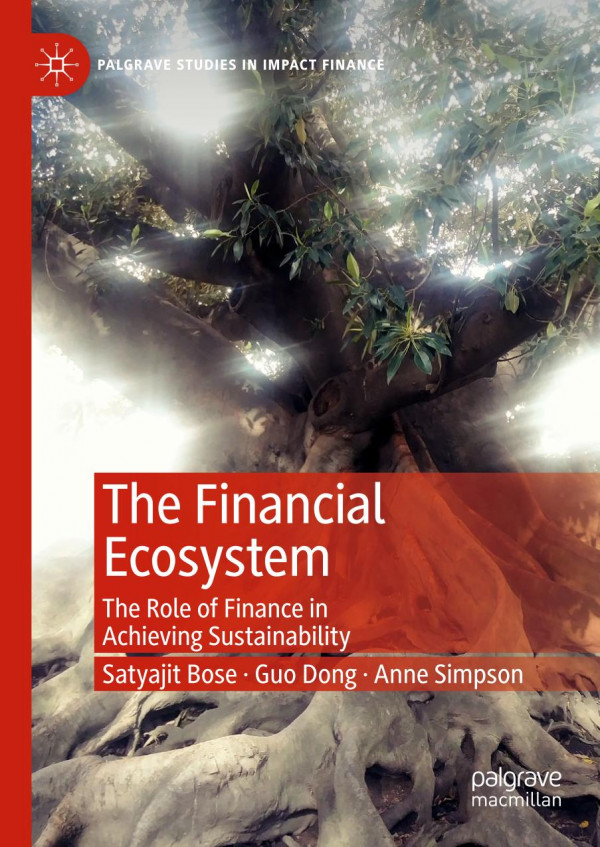

Most ebook files are in PDF format, so you can easily read them using various software such as Foxit Reader or directly on the Google Chrome browser.
Some ebook files are released by publishers in other formats such as .awz, .mobi, .epub, .fb2, etc. You may need to install specific software to read these formats on mobile/PC, such as Calibre.
Please read the tutorial at this link. https://ebooknice.com/page/post?id=faq
We offer FREE conversion to the popular formats you request; however, this may take some time. Therefore, right after payment, please email us, and we will try to provide the service as quickly as possible.
For some exceptional file formats or broken links (if any), please refrain from opening any disputes. Instead, email us first, and we will try to assist within a maximum of 6 hours.
EbookNice Team

Status:
Available5.0
33 reviewsLong term asset owners and managers, while seeking high risk-adjusted returns and efficiently allocating scarce financial capital to the highest value economic activities, have the essential and formidable role of ensuring the sustainability of return. But generally accepted financial accounting methods are ill-equipped to provide clear signals of the risks and opportunities created by scarce natural and human capital. Hence many investment managers in global financial markets, while performing due diligence on portfolio companies, examine metrics of non-financial performance, especially environmental, social and governance (ESG) indicators.
Broken into three sections, this book outlines the rationale for and methods used in six areas where financial acumen has been harnessed to the goal of combining monetary return with long run sustainability. The first section offers an introduction to the role of finance in achieving sustainability, and includes an overview of the six areas—sustainable investing, impact investing, decentralized finance, conservation finance, and cleantech finance. The methods section of the book illustrates analytical tools and specialized data sources essential to those interested in increasing the level of social responsibility embedded in economic activity. The applications section describes and differentiates each of the six areas and their roles in advancing specific measures of sustainability.